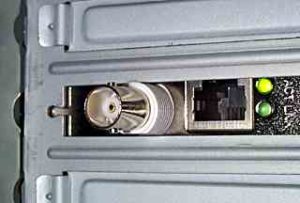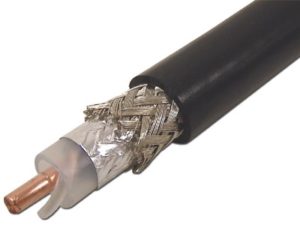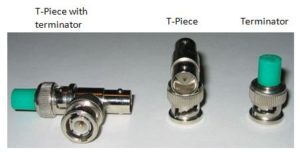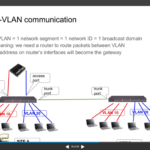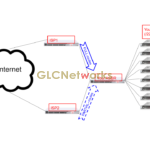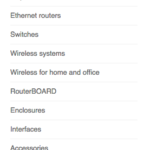Somebody was asking me about coaxial ethernet after reading this article. how is it looks like? Coaxial ethernet, 10base2 or 10base5.
How did you learn networking?
well, i started to learn networking in the late 1990s in a campus in Bandung, along with my first introduction to Linux. At that time, windows 98 used to be the common operating system that many people use. Networked computer already installed in some rooms, although many students were still using 3.5″ floppydisk to copy their files. Flashdisk was a luxury item with the capacity that makes people’s today is laughing out loud, 32 MB !!! 😀
Laptops were still expensive goods, only some people have it, usually the VIPs :-p. Note: most of the laptops have no LAN card. that means you need to buy PCMCIA based LAN card to connect to network.
As engineering students, my friends and i thought that we could learn a lot the technology if we installed one at our place and and its gonna be very awesome too. There were 4 computers in the house and the cheapest solution to build the network by using coaxial ethernet.
So, why is it called 10base2?
- 10 means its max capacity is 10mbps
- base means it uses baseband signal
- 2 means. the total distance is 200 meters. repeater is needed if you want to reach firther distance.
- the cable used is RG-58, where the max segment length is 200m.
What do we need to setup the 10base2 / 10base5 network?
- Ethernet card. this card will be installed on PC.

- coaxial cable.

- T connector and terminator

How communication happens in the media? and why terminator is needed?
When a station sending, its signal will be broadcasted to the whole network and reach the end of the cable. If there are no terminators at the end of the cable, signal could reflect back the medium and stations will see them as a real signal (which is wrong). therefore, terminator need to be installed there as a device to absorb incoming signal and to prevent the reflection.
How the coaxial is implemented?
see picture 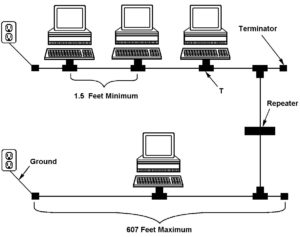
what about the topology?
- physical topology is bus
- logical topology is bus
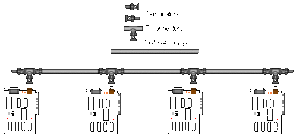
any pros and cons (Coaxial ethernet, 10base2 or 10base5)?
- pros: simple, no need a centralised devices like a hub
- cons: collision could happens, and occur more often by the increase of the number of stations. its hard to troubleshoot. reliability is low, if there is a problem with a connector, the WHOLE network is broken (very fragile)
Can it be connected to 10baseT?
sure it is possible, some of 10baseT hub has connector to connect to 10base2
what about 10base5?
its similar to 10base2 except the “5” means 500 meters. How can it be 500 meters? because the cable used for 10base5 is RG-8 which is thicker than RG-58 (used by 10base2). because the cable is thicker 10base5 sometimes is called thick ethernet.
thanks for reading, hope you understand the Coaxial ethernet, 10base2 or 10base5
